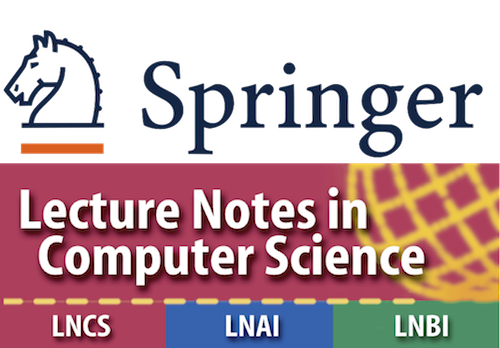Asynchronous Many-Task systems for Exascale 2021

AMTE 2021
August 30th, 2021
Held in conjunction with Euro-Par 2021
Lisbon, Portugal

Hosted on GitHub Pages — Theme by orderedlist
Panel
Moderator
- Irina Demeshko, Los Alamos National Laboratory, USA
Panelists
- Hartmut Kaiser, Center for Computation & Technology at Louisiana State University, USA
- Laxmikant (Sanjay) Kale, Department of Computer Science, University of Illinois at Urbana-Champaign, USA
- Martin Berzins, Scientific Computing and Imaging Institute, University of Utah, USA
- Mike Bauer, NVIDIA, USA
- Thomas Fahringer, University of Innsbruck, Austria
Panel’s chosen questions
- Why should one choose to use AMT models?
- What kinds of applications will benefit from using AMT models and programming systems?
- For what kinds of applications is AMT-style programming better suited to creating maintainable code than message passing-style code?
- Are AMT programs more difficult to debug because it is (1) easier to create race conditions and (2) more difficult to get anything like a stack trace? What is being done to make debugging of large-scale AMT applications easier?
- What sort of language support is needed for AMT programming?
- What advantage do newer languages like Go, Julia, etc., have for AMT programming, and can/should they displace C++ for scientific applications?
- Many languages have added “await” or some variant as new keywords for processing asynchronous code. How important is this feature for the success of the AMT paradigm?
- How does one choose which AMT programming model among others?
Outline
- Introduction of the panelists
- Discussion about panel’s chosen questions
- Q&A with the audience